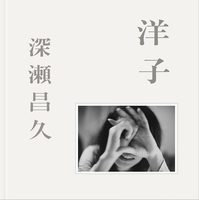$48.00
- Hardcover
- 260 × 260 mm
- 108 page
- ISBN 978-4-903545-35-6
- September 2008
Though it is a truism that photography--in its momentariness and stillness--allows the viewer to see information and relationships that would otherwise go unnoticed. With the advent of digital photography, the levels to which data is recorded allow for a complex matrix of information layers. Within this, how we view the image-- where we bring our attention--can trump the totality of the photograph itself. In this body of work, Matsue Taiji uses what he calls "super trimming" to excise out one part of his photographs thereby constraining our attention on a certain square of information, which he in this context is a "cell," the smallest component denomination. In the book's accompanying text, photo critic Shimizu Minoru says, "There is a feeling that what we can see at present is only a small portion of the total potential visual data." Nonetheless, there is an intentional avoidance of specificity. While the poses and gestures are discernible, the details of the faces remain just beyond identification. What results then is a form of topology of humans and their environments, allowing us a moment to see ourselves as small specs quite unaware that we are being watched from a distance; watched by either someone or something depending on the trim. In lieu of page numbers, the title (or code) for each plate appears in minuscule type placed in the exact vertical center of the image, subtly reinforcing the position and alignment of axes.




































